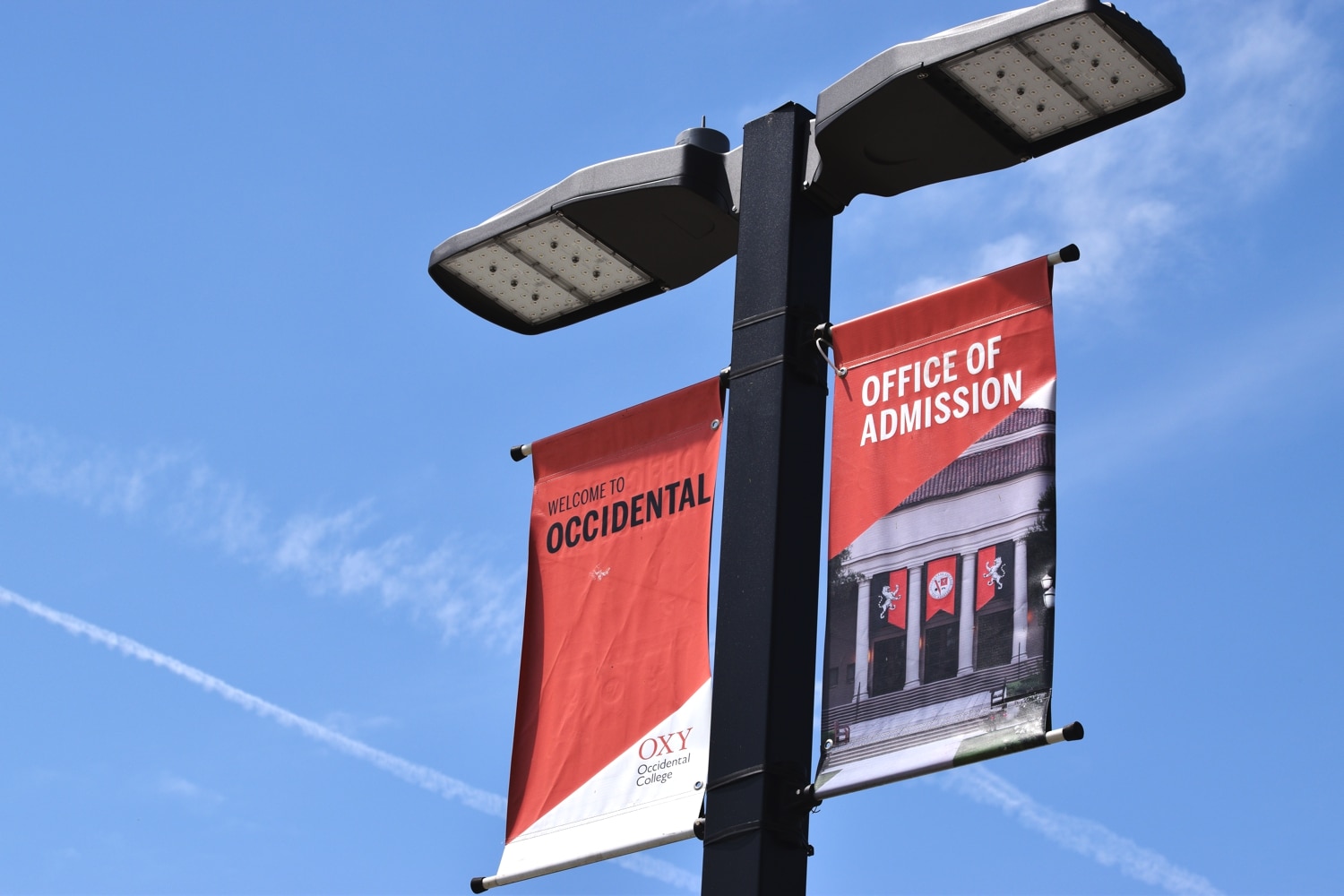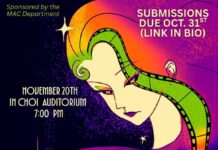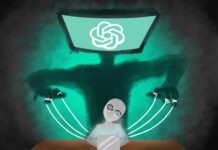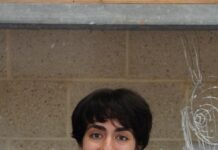Author: Jake Stringfield
“Hugo,” based on the novel “The Invention of Hugo Cabret” by Brian Selznick, tells the story of a young orphan boy who lives in a Paris train station in the 1930’s. Hiding in the station’s walls, Hugo (Asa Butterfield) secretly operates the buildings clocks while he sneaks around and steals machine parts to fix his deceased father’s broken automaton (a mechanical person).
Eventually, a toymaker (Ben Kingsley) catches Hugo stealing and confiscates his notebook of drawings, threatening to burn it. While pursuing his notebook, Hugo goes on to befriend the toymaker’s Goddaughter Isabelle (Chloë Moretz) who, as the two discover, possesses the automaton’s missing part.
The pair embarks upon solving this mystery, keeping their mission secret from Isabelle’s Godfather and continually eluding the station’s tightfisted policeman (Sacha Baron Cohen). Throughout the film, insight into the life of pioneer filmmaker George Méliès is interwoven with the children’s story.
Firstly, I commend the film for simultaneously maintaining both a youthful innocence and a mature sensibility. Even with adolescent protagonists and a PG rating, the film avoids any form of juvenility. So much of the time, I find that child actors produce substandard theatrical performances. This is not the case in “Hugo.”
By some combination of master direction from Scorsese and short lifetimes of rigorous training, stars Butterfield and Chloë Moretz pull off quality performances. For example, when Hugo’s character faces the deaths of his father, Butterfield enacts convincing expressions of both sincere grief and the touching determination to pull together and persevere through life. This kid is easy to root for.
Also, unlike so many youth-related films, “Hugo” doesn’t judge its villain. The stingy police officer (Sacha Baron Cohen) in the film’s classic “kids versus mean grown-up” dynamic is granted backstory, uncovering the causes of his ill temperament. Lastly, while not completely free of physical comedy, the film keeps the nut-shot and pie-to-the-face kind of humor to a relative low, in turn opting for a bit of maturity over juicing belly-laughs from slap-happy third graders.
Furthermore, offered in both 2 and 3D, “Hugo” tells its story with striking visuals. In the night scenes, we see yellow windows glow against a snowy wintertime Paris, creating the cozy view of the city that is the subject of American’s dreams. Also, the 3D heightens the intensity of the film’s action scenes.
As Hugo dangles precariously on the clock tower, for example, the effect helps convey the true terror of the chasm beneath him.
AdvertisementAnd ultimately, the 3D visuals feel natural. Unlike the jarring and nausea-inducing spectacle of other 3D films, in “Hugo” the effect only enhances the story.
My main criticism of the film is not even about the film itself, but rather its advertisement. For whatever reason, the marketing team at Paramount decided to sell Scorsese’s latest work to America as a sort-of magical fantasy-adventure, implying in various ways via the trailer that the story takes place in an enchanted world. The actual product, however, with its relation to Méliès, aligns more closely with historical fiction. With the expectation that the world of “Hugo” is magical, laced with spells and pixies, the non-supernatural story may ultimately come across as mundane. My advice would be to forget about the theatrical trailer.
All things considered, I’d say this movie is definitely worth a trip to the theater. After all, it’s finals week, and some escapism would only do good.
However, just remember that the world of “Hugo,” unlike the trailer implies, is not magical. Expect Paris, not Narnia.
This article has been archived, for more requests please contact us via the support system.
![]()




































